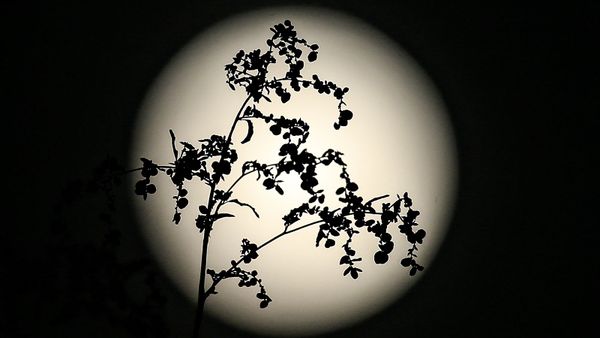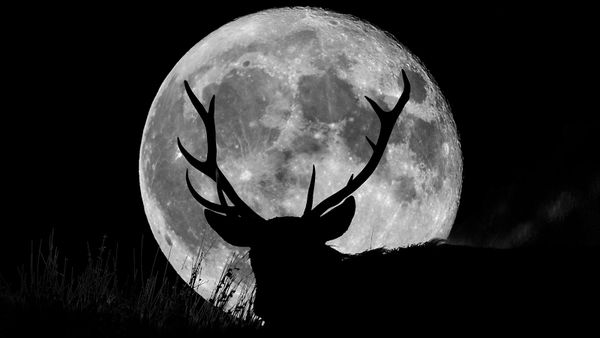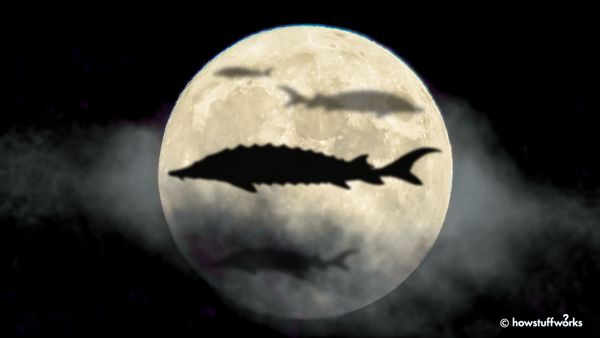Most people know the basics about the moon. It orbits our planet in a slight ellipse, just as our planet orbits the sun. The relationship between the Earth, the sun and the moon creates the moon's phases as well as solar and lunar eclipses. On clear nights, a full moon outshines many stars by reflecting light from the sun.
But the moon is more than just a pretty face. It contributes to the ocean's tides on Earth. Its presence also helps regulate the Earth's orbit. Space.com's article on moon mechanics explains many of the ways that the moon affects the Earth.
Advertisement
But how did it get here? There are four main theories:
- It's a broken piece of Earth. During the early, rapidly spinning days of the solar nebula, the moon might have broken away from the Earth. Scientists question this theory because the Earth probably wasn't rotating fast enough to spin off a whole moon.
- It's the Earth's baby brother. As the Earth was forming through accretion, the moon might have formed the same way, right next door. Scientists doubt this one because the moon doesn't have the same physical composition as the Earth.
- It followed the Earth home, and the Earth kept it. The moon may have come from somewhere else in the universe and gotten caught in the Earth's gravity. It's relatively unlikely, though, that something the size of the moon could have passed by the Earth in just the right way to end up orbiting the planet rather than crashing into it.
- It came from a fiery crash. The most popular scientific theory for the origin of the moon is that two large planetesimals, or planets-in-progress, collided in the solar nebula. The smaller object was about the size of Mars. The smaller planetesimal ended up in orbit around the larger. Neither object was really solid yet, so the iron core of the smaller got pulled back to Earth because of gravity. This explains the differences in composition between it and the Earth.
In addition to its physical composition, the moon differs from Earth in other ways. It has substantially less gravity because it's so much less massive. For the same reason, it also has very little atmosphere -- its gravity isn't strong enough to hold an atmosphere to its surface.
Advertisement


